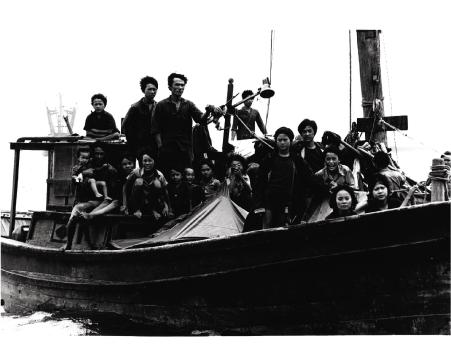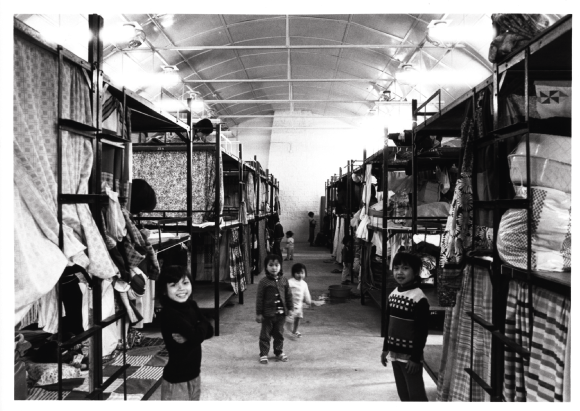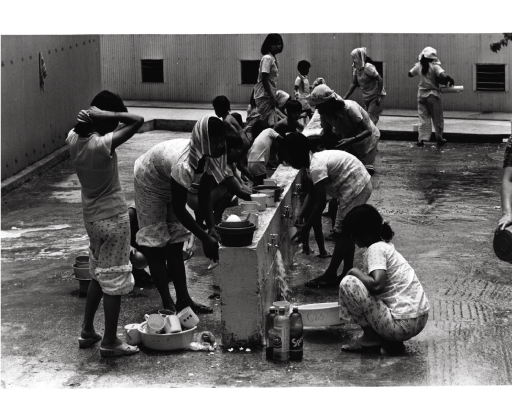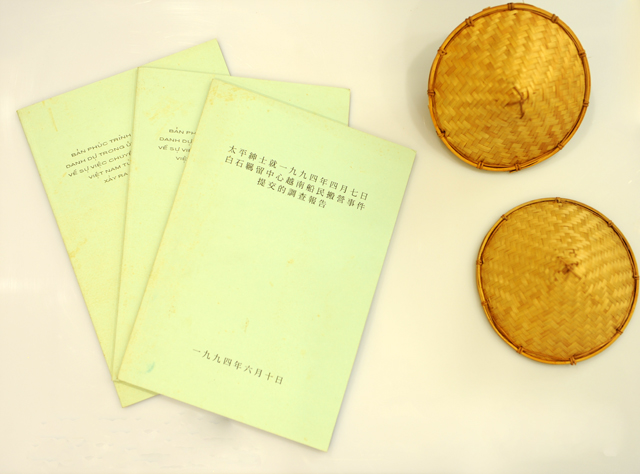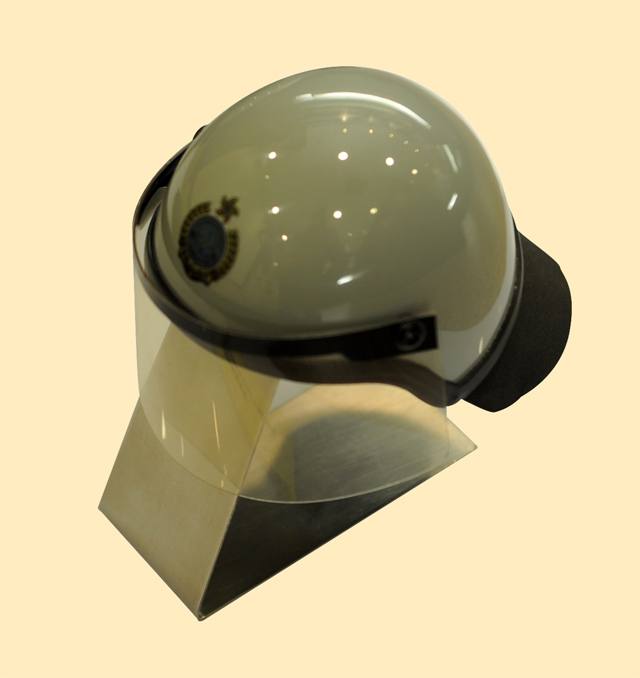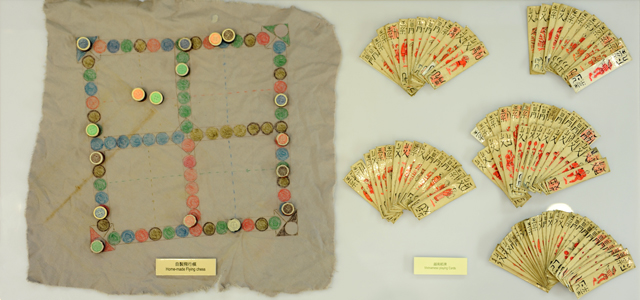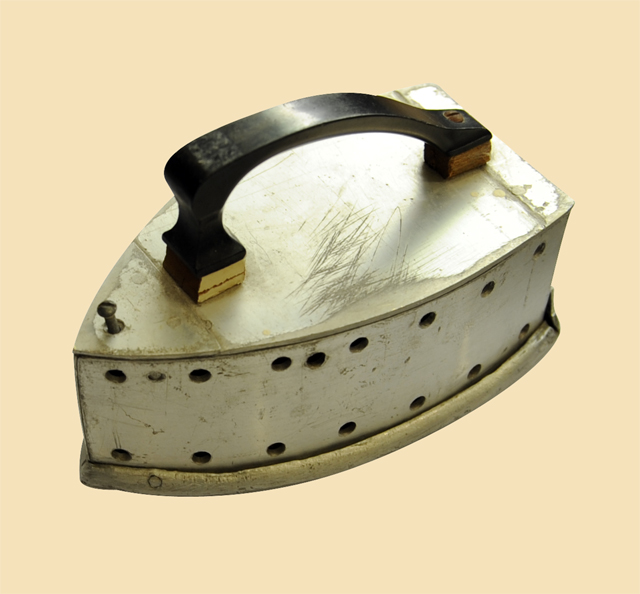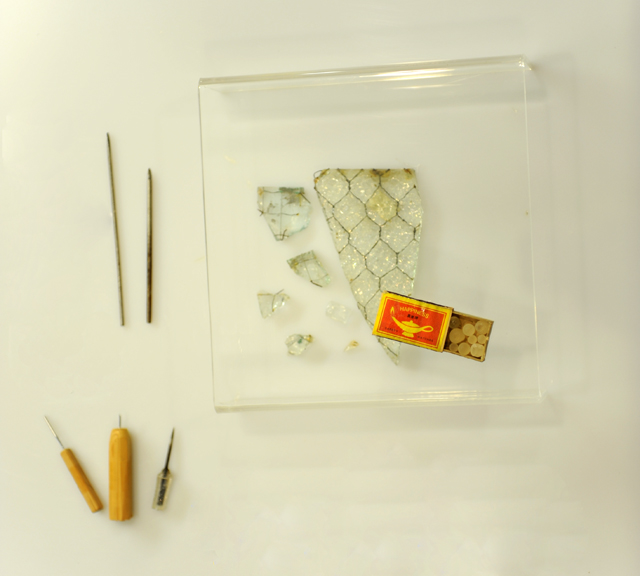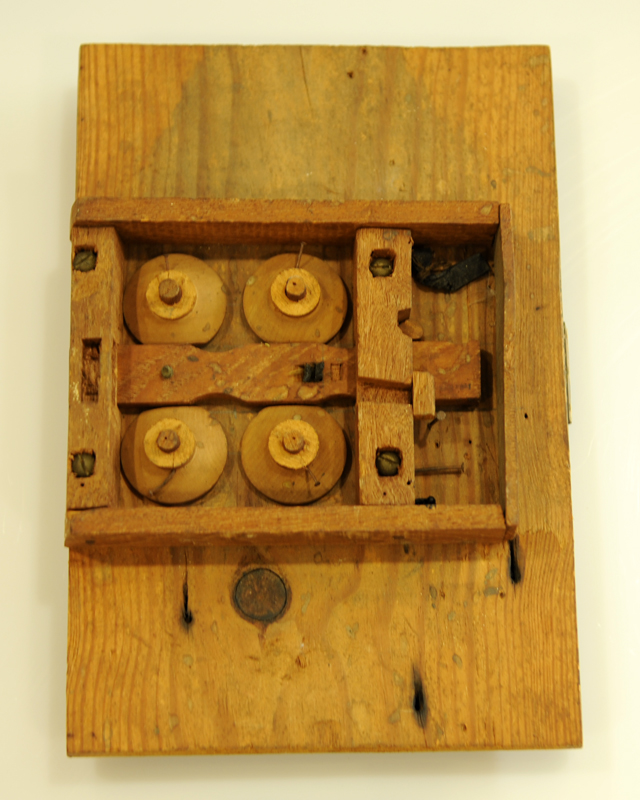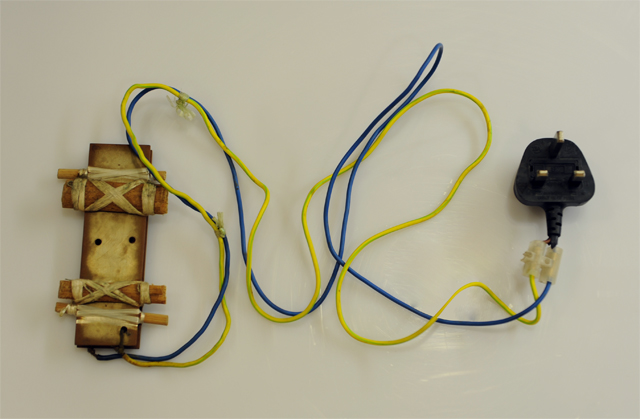


In 1975, the US troops retreated from Vietnam and Vietnam was reunified. The new Vietnamese communist government was under a transitional period and its policies were biased and confusing. On the economic front, the reunited Vietnam was in chaos with extremely poor living conditions. Having no trust in their government and living in poverty, many Vietnamese fled the country. They spent all their savings for boarding worn-out boats to cross the angry sea, in the hope of evading political instability and seeking a better life.
The problem of Vietnamese boat people first emerged in Hong Kong on 4 May 1975 when the cargo ship Clara Maersk brought 3 743 refugees to Hong Kong. Later in 1978, the cargo vessel Huey Fong brought 3 300 refugees to Hong Kong, and the Skyluck arrived with another 2 651 people on board in 1979. Large-scale and planned influx of refugees continued. Given its humanitarian policy, the Hong Kong Government signed the international covenant and became the “port of first asylum”, allowing these Vietnamese refugees to land for temporary stay. Assistance was also offered to help them resettle in other countries. Since then, despite its small size, Hong Kong had to cope with the massive influx of Vietnamese refugees.
